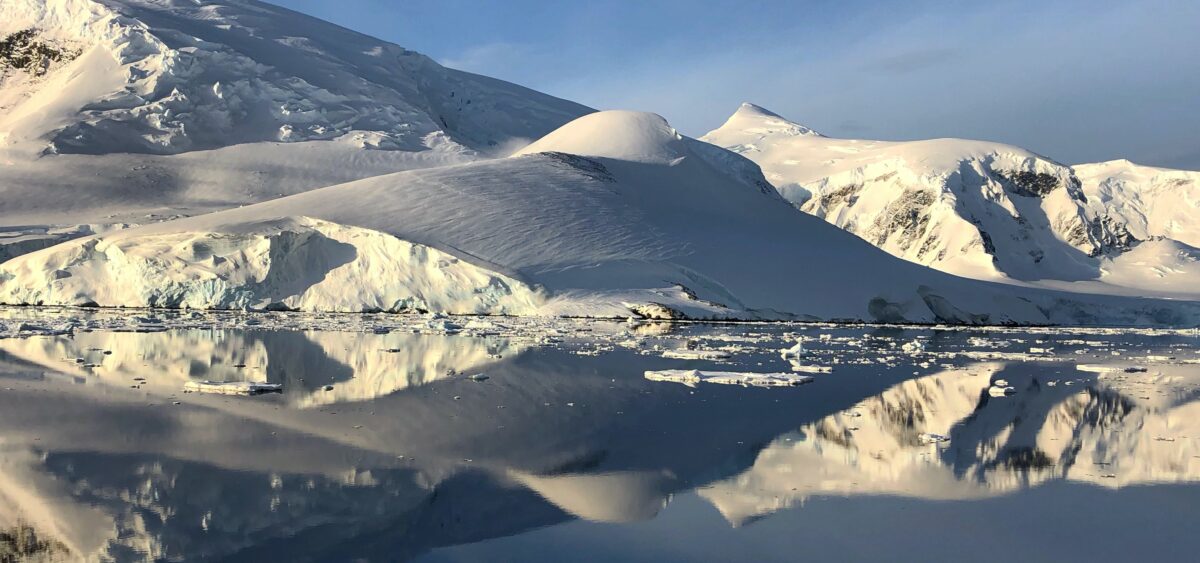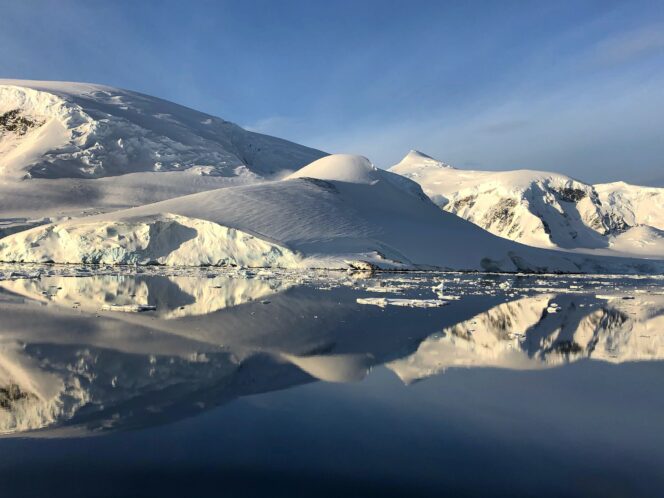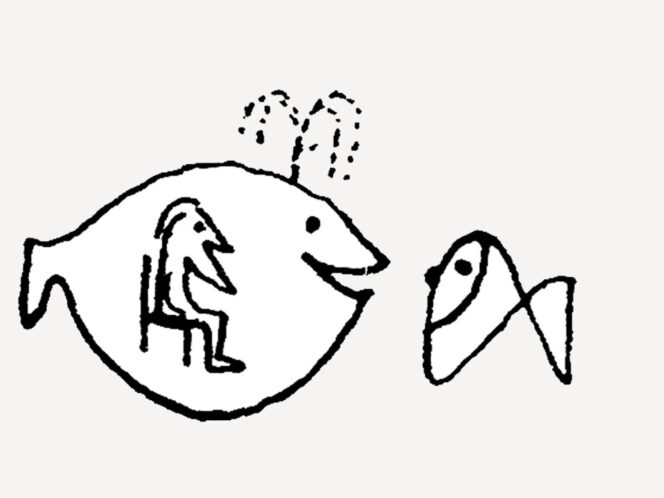
We naturally associate the Sun with the tropics. Columbus even believed that these regions are closer to it, and imagined the Earth as an enormous female breast, with its erect nipple somewhere around equatorial South America—which is why it’s so warm there. But the Sun’s influence is nowhere so dramatic as in the coldest areas: on the poles and in their surrounding regions.
I’m not a fan of Columbus, to put it mildly. Yes, he did once get spectacularly lost in the Atlantic and America’s Indigenous inhabitants had to help him out. In retrospect they probably wish they hadn’t, considering the bloody way in which he repaid them. In any case, he thought he’d reached the Indies because he drastically underestimated the size of our planet, even though at the time all the data on the subject already existed. Today we know that he certainly wasn’t the first European to reach America: the Normans arrived there five hundred years earlier. But they didn’t discover it either, because it’s impossible to discover a continent that has been inhabited by masses of people for thousands of years. Just as they didn’t discover France when they visited it as Vikings. It’s worth remembering that a Viking is just a Norman at work—the word doesn’t describe nationality, but a profession of fairly energetic exploration. A Viking is a very active tourist from a thousand years ago, immensely interested in artifacts of material culture, especially the smaller ones—a bit like the representatives of the British Museum a few hundred years later.
But let’s go back t








